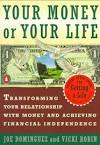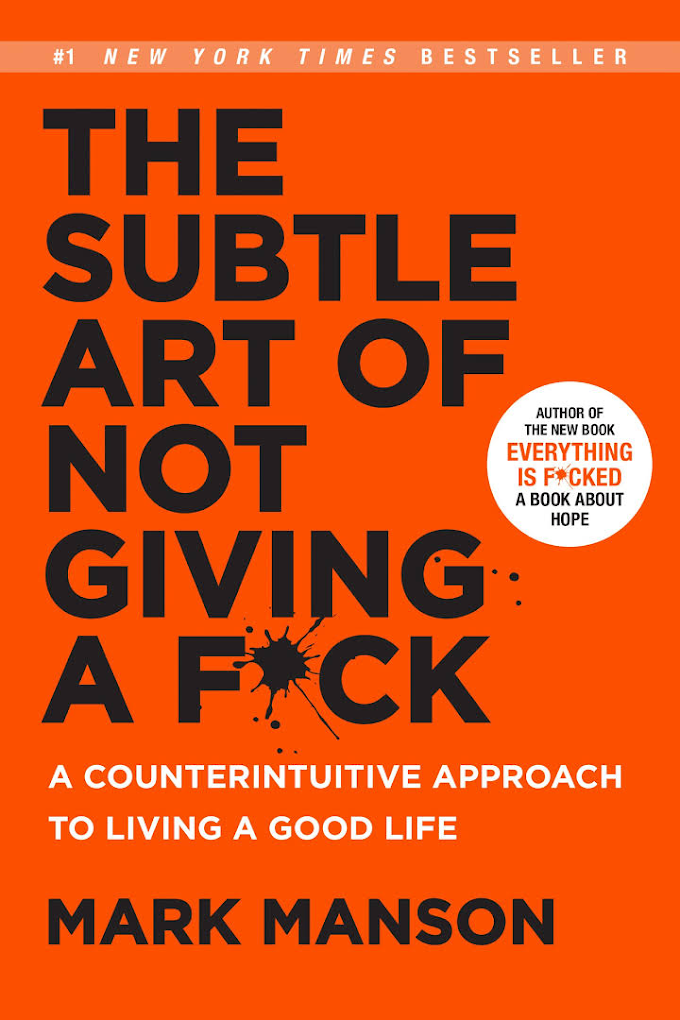"The Millionaire Next Door: The Surprising Secrets of America's Wealthy" by Thomas J. Stanley and William D. Danko is a book that explores the characteristics and habits of wealthy individuals in America. The book is based on a study of millionaires in the United States and provides insights into how these individuals became wealthy, and how they maintain their wealth.
The book is divided into several chapters, each of which covers a different aspect of wealth and wealth-building. The first chapter provides an overview of the study and its methodology, and introduces the concept of the "millionaire next door," or the person who is quietly and unassumingly wealthy.
The second chapter of the book explores the characteristics of millionaires, and how they differ from non-millionaires. The authors argue that millionaires tend to be frugal, hardworking, and disciplined, and that they are more likely to live below their means than to spend lavishly. They also tend to be well-educated and have a strong work ethic.
The third chapter of the book explores the spending habits of millionaires, and how they differ from those of non-millionaires. The authors argue that millionaires tend to be thrifty and avoid frivolous expenses, and that they are more likely to invest their money than to spend it on luxury goods and services. They also tend to prioritize their expenses, focusing on the most important ones first.
The fourth chapter of the book explores the investment habits of millionaires, and how they differ from those of non-millionaires. The authors argue that millionaires tend to be patient, long-term investors, and that they are more likely to invest in assets that have the potential for long-term growth, such as stocks and real estate. They also tend to diversify their investments and avoid risky or speculative investments.
The fifth chapter of the book explores the relationship between wealth and education, and how education can contribute to wealth-building. The authors argue that education is an important factor in wealth-building, and that individuals with higher levels of education tend to be more successful in building and maintaining wealth.
The sixth chapter of the book explores the relationship between wealth and occupation, and how certain occupations tend to be more conducive to wealth-building than others. The authors argue that certain types of occupations, such as those in the business and professional sectors, tend to be more conducive to wealth-building than others, such as those in the service sector.
The seventh chapter of the book explores the role of inheritance and gifts in wealth-building, and how these factors can contribute to or detract from wealth. The authors argue that inheritance and gifts can be a double-edged sword, and that they can either help or hinder wealth-building, depending on how they are used.
The eighth and final chapter of the book provides a summary of the main findings of the study, and offers some practical advice for building and maintaining wealth. The authors argue that building and maintaining wealth requires discipline, frugality, and a long-term perspective, and that it is essential to avoid frivolous expenses and to invest wisely.
Throughout the book, the authors provide numerous examples and case studies to illustrate their points, and they use data and statistics to support their arguments. They also include practical advice on how to build and maintain wealth, such as the importance of living below one's means, investing for the long-term, avoiding risky or speculative investments, and focusing on education and occupation.
Overall, "The Millionaire Next Door" is a well-researched and informative book that provides valuable insights into the characteristics and habits of wealthy individuals in America. It offers a comprehensive and nuanced understanding of what it takes to become a millionaire and how to maintain wealth












